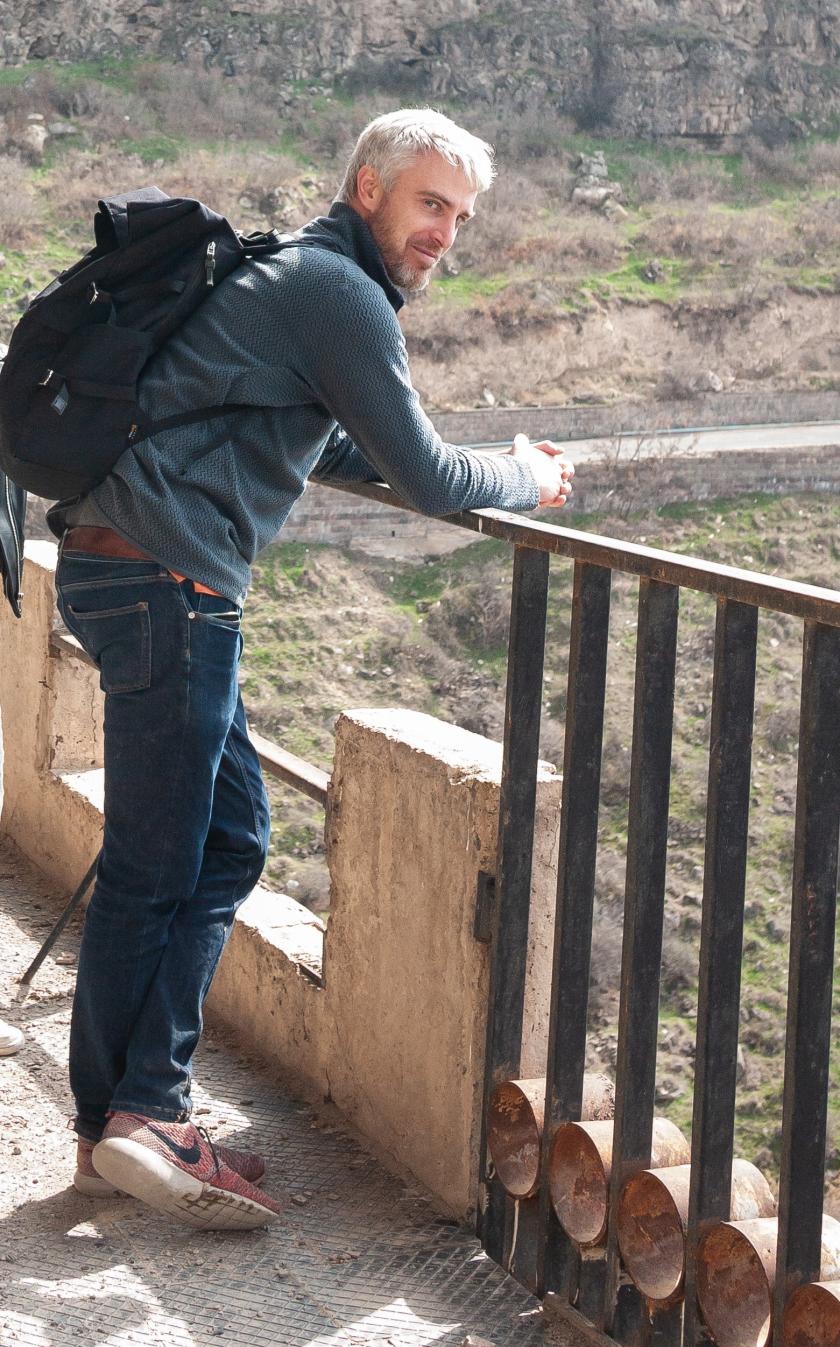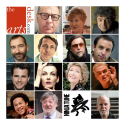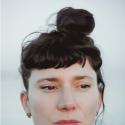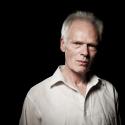Russia Starts Here: Real Lives in the Ruin of Empire, the journalist Howard Amos’ first book, is a prescient and fascinating examination of the borderlands of a bellicose nation. Focusing on the Pskov region, which juts out into eastern Europe, his account sympathetically – but honestly – describes the lives of its remaining inhabitants; the area has steadily depopulated since the end of serfdom and the end of the Soviet period.
A place that once offered employment and opportunity has become a backwater, not much more than a lonely borderland that supplies troops to the contentious Ukrainian war. However, its status as the barrier between Russia and the West (and the dreaded NATO) cannot be underestimated. This threshold state is examined in its full complexity by Amos, and Russia Starts Here maps out Pskov’s physical and symbolic reality as a hinterland between Russia and the outside world at a time of increasingly bitter division.
The current international climate has produced a justifiable glut of non-fiction about Russia and its environs. The subject, like the country, ranges far and wide: survey texts describe the whole history of a nation and its impact on its present (see, for instance, Orlando Figes’ The Story of Russia); or else, a particular socio-political moment that has influenced the current war is picked out and held to the light (see Anne Applebaum’s The Red Famine). Amos, however, takes an approach more in line with the likes of like Sophy Roberts’ The Lost Pianos of Siberia: grand historical narratives are replaced with psycho-anthropological investigations into the average Russian life – something with which the Western reader rarely contends.
Amos is adept at describing lives alien to our own without patronising those involved, and is especially sensitive to their helplessness in the face of a war that has claimed a significant amount of their citizenry. As one war widow says: “No one understands where it’s happening, no one understands how it will end, and it’s unclear what they’re trying to achieve”. Amos shows much human nuance in citing such perspectives so different from those perpetuated by our media.
 This is not to say the account is uncritical, and Russia Starts Here both obliquely and explicitly shows the holes in Russia’s perception of itself. For example, Amos demonstrates the mutability and manipulability of national self-image via the iconic photo of soldiers raising the Soviet flag over the Reichstag at the end of World War II. He tells the story of how the flag was raised (arguably) twice by separate groups of soldiers before a third group raising the flag was officially recognised by the Soviet state. This lie was compounded through propaganda and celebratory marches afterwards, with the suggestion that the soldiers recognised were chosen because they were Russian and Georgian, a nod to the strongest nation in the bloc and to Stalin’s homeland. The previous groups didn’t project the image that the Soviet state wanted and the final photo was even doctored to remove looted watches from the arm of one of the triumphant soldiers.
This is not to say the account is uncritical, and Russia Starts Here both obliquely and explicitly shows the holes in Russia’s perception of itself. For example, Amos demonstrates the mutability and manipulability of national self-image via the iconic photo of soldiers raising the Soviet flag over the Reichstag at the end of World War II. He tells the story of how the flag was raised (arguably) twice by separate groups of soldiers before a third group raising the flag was officially recognised by the Soviet state. This lie was compounded through propaganda and celebratory marches afterwards, with the suggestion that the soldiers recognised were chosen because they were Russian and Georgian, a nod to the strongest nation in the bloc and to Stalin’s homeland. The previous groups didn’t project the image that the Soviet state wanted and the final photo was even doctored to remove looted watches from the arm of one of the triumphant soldiers.
Thus are heroes invented and venerated by a nation gutted by war. A fact, stated by Amos, that feels particularly shocking is that 15% of Russian citizens were killed in WWII. (In comparison, France lost 1.3%.) It is no wonder that Russia feels so strongly about their part in that war, a dangerous veneration that Amos describes: “It had been held together by Soviet ideology, fear and the Kremlin’s political decision to elevate the victory over Nazi Germany into something resembling a religious cult”. This cult is now often used as a stick to beat Ukraine with (viz the Russian perception of Ukrainians as Nazis).
Amos’ subtlety is shown in how he deals with certain quirks and contraditctions in the Pskov region. Related to WWII and its existence in the minds of patriotic Russians, he discusses, at the beginning of the book, how Germany has paid for the uncovering and meticulous upkeep of the graves of their war dead in the region, and at the end he shows the reader how Jewish graves are ignored, often dug up, and are poorly kept by a local population who were themselves hostile to their Jewry. Amos is unsparing in his description of the revanchism and borderline fascism celebrated in this area in the early 1990s. The irony of their relation to Ukraine (and the supposed Nazism of its populace, according to Putin) is not obvious but neither is it disregarded.
It is important to say, too, that the current Russo-Ukrainian conflict is not the book’s sole concern. Amos has lived and worked in the region (initially at an orphanage that he describes in heart-breaking detail). Much of the text is therefore composed of his meetings and interviews with Pskov’s citizens, a dwindling number driven out by the lack of industry and opportunity in the area. Amos doesn’t hesitate to show the horrors and strictures of the Soviet Union, but he also demonstrates how its demise was awful for many Russians. As he says: “it’s become a truism to say that the arrival of Capitalism meant that Russians lost not only their past, but also their future”. I was reminded of Svetlana Alexievich’s extraordinary Second-Hand Time, composed of interviews with a huge cross-section of Russian society, mourning the passing of a complex authority whilst simultaneously celebrating the fact that there were more varieties of sausage available.
Amos shows the complexity of life in the region, from orphanage to psychiatric hospital, from the cult-like Pushkin Hills to the tales of priests and politicians (both pro- and anti-Putin). He goes to villages almost drained of their inhabitants, and towns gutted by the departure of the local flax industry. He shows throughout that it would be easy to be patronising and patriarchal about this area of Russia, but that to do so would be reductive and effect no positive change.
The book ends by telling two stories about two displaced peoples: the Old Believers trapped on a lake where they can no longer fish, and the indigenous population of Pskov, the Seto. The latter’s story is perhaps the most heartbreaking: their homeland, Setomaa, covers parts of Russia and parts of Estonia, and central to their beliefs is being able to visit the graves of their ancestors and pay homage to them. As time has passed and relations between formerly Soviet Estonia and Russia worsen, the Seto have been forced to choose where they settle, left instead to stand in their gardens on clear days in order to catch the faint sound of their church bells across the border. But Amos is hopeful that “One day, the pendulum will swing back, and this part of Europe will again become a place of intermingling, compromise and trade – rather than suspicion and war”.
- Russia Starts Here: Real Lives in the Ruin of Empire (Bloomsbury, £14.00)
- More book reviews on theartsdesk















Add comment